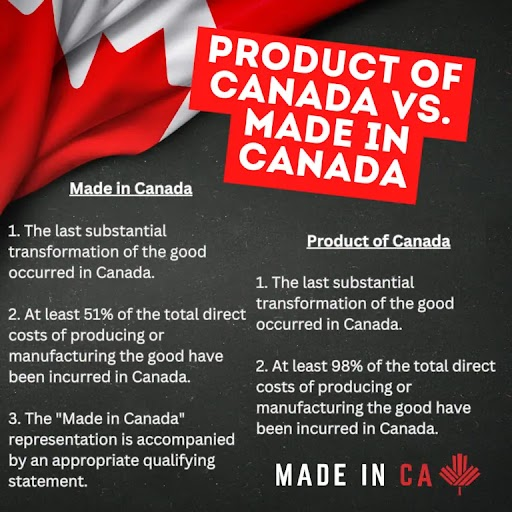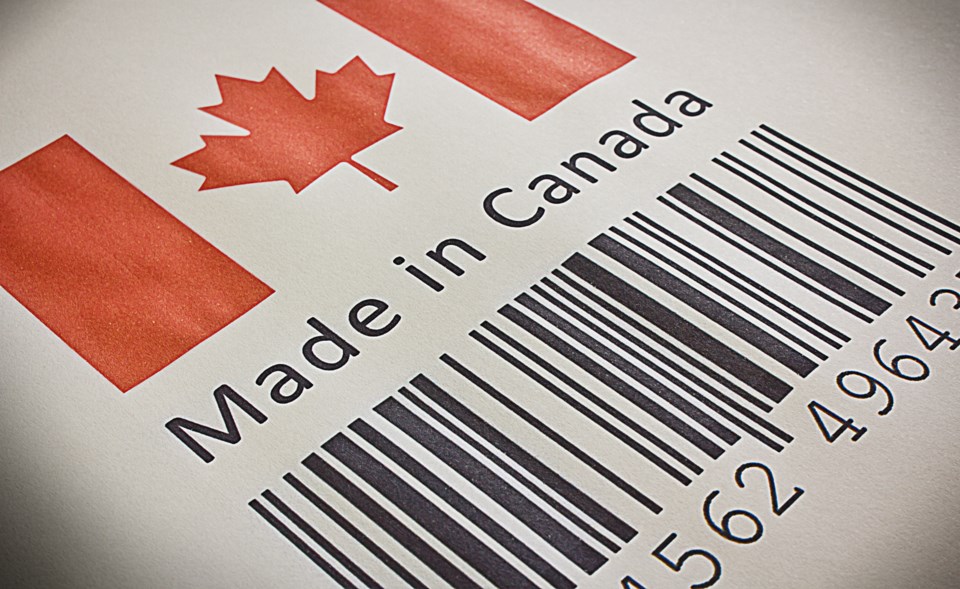In a world of global supply chains and intricate labelling, understanding the difference between "Made in Canada" and "Product of Canada" can be a challenge. These labels, while seemingly interchangeable, carry distinct meanings that impact your purchasing decisions.
The Stricter Standard: "Product of Canada"
The more stringent label, "Product of Canada," signifies that nearly all (at least 98%) of the product's direct production costs occurred in Canada, including raw materials, labour, manufacturing, and processing. The final substantial transformation of the product must have occurred in Canada.
Think of it this way: if you're buying a jar of maple syrup labelled "Product of Canada," it means the sap was harvested, processed, and bottled in Canada. The entire journey happened within the country's borders.
More Common Label: "Made in Canada"
"Made in Canada" has more flexibility. To qualify, at least 51% of the product's direct production costs must be from Canada, and the final transformation must occur there. Unlike "Product of Canada," "Made in Canada" allows imported ingredients or components.
For example, a sweater labelled "Made in Canada" might be knitted in Canada with Canadian wool, but the dyes could be imported. As long as the knitting process and majority of production costs are Canadian, it can bear the "Made in Canada" label.

Why the Distinction Matters
Understanding these labels empowers consumers to make informed choices that align with their values. If you want to support local businesses and minimize your environmental footprint, "Product of Canada" items are your choice. On the other hand, "Made in Canada" products contribute to the Canadian economy while offering a wider range of options.
Where to Find These Identifiers
Identifying whether a product is "Made in Canada" or "Product of Canada" is usually straightforward. The labels are typically displayed prominently on the packaging, often alongside the company's logo. You will see a maple leaf symbol, a proud emblem of Canadian origin.
The Canadian Food Inspection Agency (CFIA) provides detailed labelling guidelines for food products. Additional information about the product's origin and ingredients is on the back of the packaging, near the nutritional facts panel.
Beyond the Labels
While "Made in Canada" and "Product of Canada" labels provide insights into a product's origin, they don't tell the whole story. Consider exploring the company's website or contacting customer service to learn about their sourcing practices and commitment to Canadian manufacturing.
By understanding these labels and doing some research, you can choose products that align with your values and support the Canadian economy.




